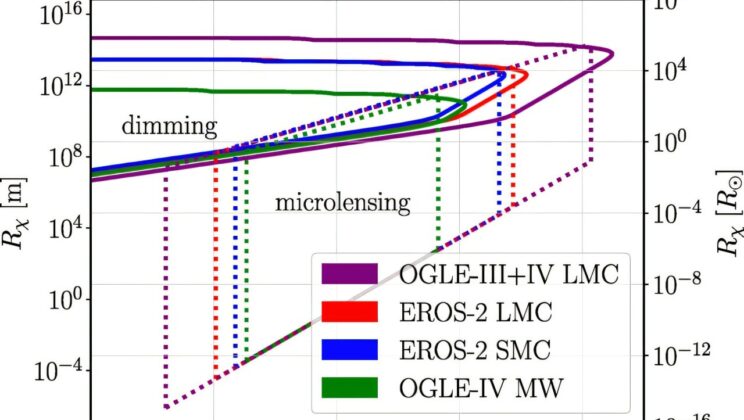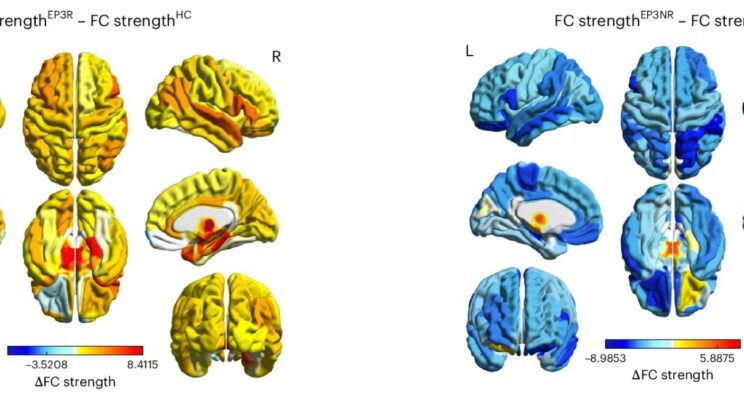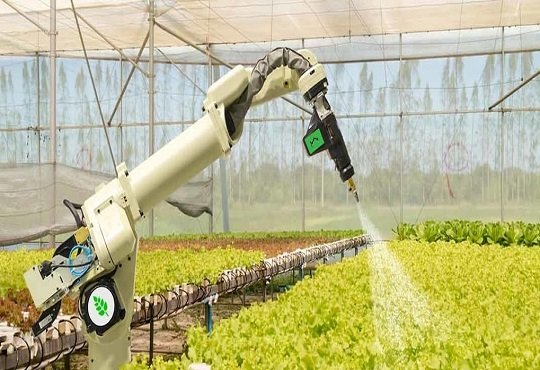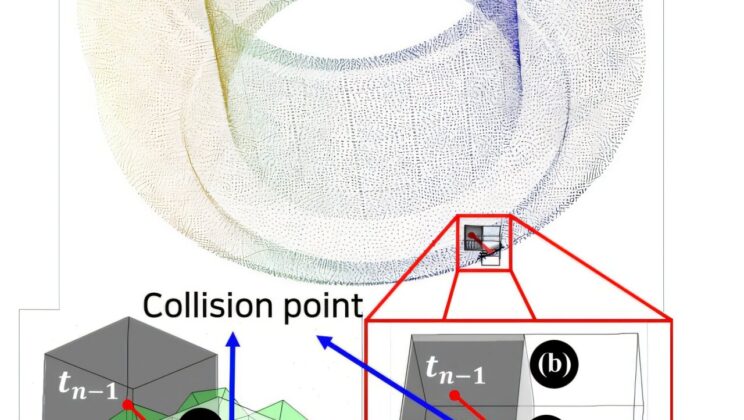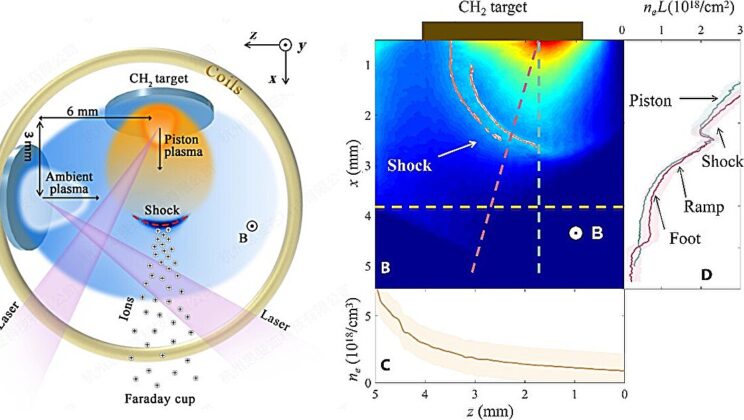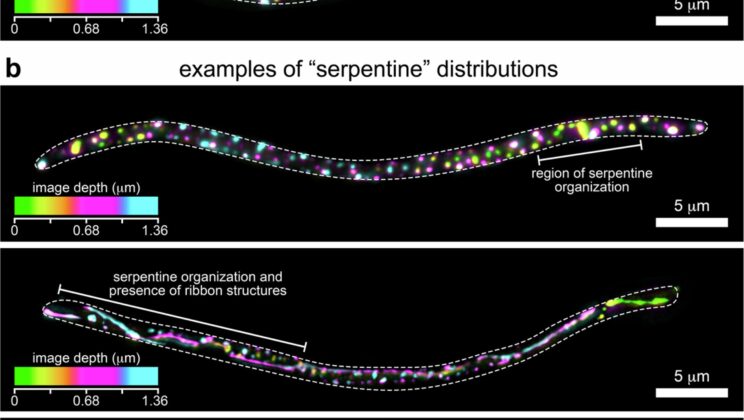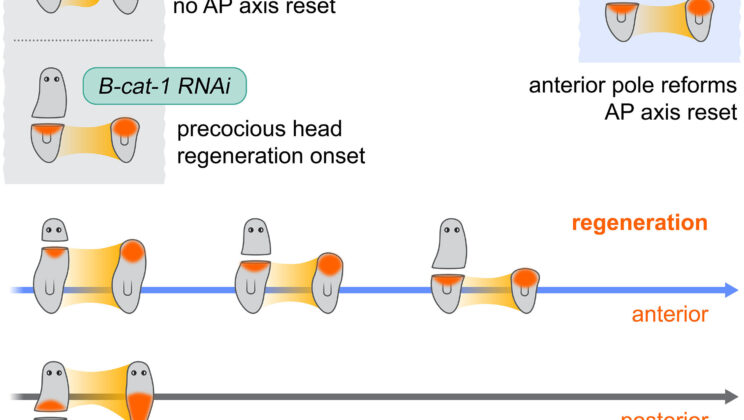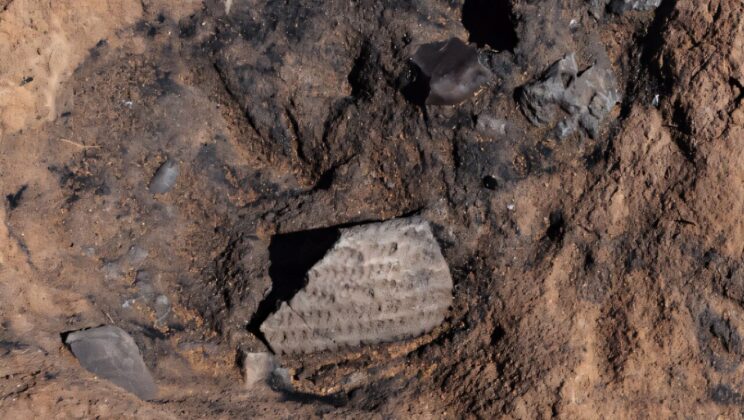We live in an era where artificial intelligence (AI) no longer feels like a distant promise—it’s an everyday reality. From…
How Artificial Intelligence Is Transforming Our World
A quiet revolution is unfolding all around us. It does not roar with the engines of industry or echo through…
How AI Is Changing the Way We Work
We are living through one of the most transformative periods in the history of work. As machines grow smarter, they…
The History of Artificial Intelligence
For centuries, humankind has dreamed of creating artificial minds—mechanical servants that could think, reason, and perhaps even feel. This dream…
What Is Reinforcement Learning and How It Trains AI
Imagine a robot that learns to walk, not because it was explicitly told how to move its legs, but because…
What Is Deep Learning and How Is It Different from AI?
Imagine a machine that can recognize faces, drive a car, compose music, or even write an article like this one.…
Stars That Flicker May Reveal the Secrets of Dark Matter
In the vast expanse of the universe, a mysterious substance lurks in the shadows. It neither shines nor reflects. It…
Brain Study Reveals Why Psychosis Sometimes Disappears
In the intricate depths of the human brain, where reality is stitched together by electric signals and patterns of connection,…
How AI Can Help in Disaster Prediction and Response
Nature is powerful, unpredictable, and often unforgiving. Earthquakes, floods, hurricanes, wildfires, and other natural disasters have shaped the course of…
What Are AI Hallucinations and Why Do They Happen?
In the age of intelligent machines, artificial intelligence is transforming everything—from how we write and research to how we diagnose…
How Artificial Intelligence Is Helping Farmers Boost Yields
Farming has always been an endeavor that hinges on knowledge, timing, and intuition. For millennia, farmers relied on the wisdom…
The Role of AI in Drug Discovery and Development
In the vast landscape of medical science, the journey from identifying a potential therapeutic compound to delivering a safe, effective…
The Dark Side of AI: Bias, Surveillance, and Control
Artificial Intelligence (AI) is no longer just the stuff of science fiction. It has become one of the most transformative…
Gaming Technology Helps Accelerate Collision Detection in Fusion Reactors
In a groundbreaking fusion of gaming technology and advanced nuclear science, researchers have unveiled an innovative algorithm that dramatically accelerates…
Chinese Researchers Recreate Cosmic Shockwaves to Unlock the Secrets of Particle Acceleration
In a stunning leap for astrophysics and laboratory plasma physics, researchers at the University of Science and Technology of China…
Scientists Watch Viruses Hunt Bacteria in Real Time Using New Imaging Breakthrough
In the microscopic depths of our intestines, a silent war rages—a battle that’s been going on for billions of years.…
Flatworms Unveil Secrets of Whole-Body Regeneration
Imagine losing your head—and growing it back. In the mysterious world of planarian flatworms, this isn’t science fiction. It’s biology.…
3,500-Year-Old Skeletons Expose Gendered Labor Practices in Bronze Age Nubia
The pages of ancient history are often written in stone, ink, and myth—but sometimes, they’re inscribed in bone. In a…
Astronomers Discover Sub-Neptune Exoplanet Orbiting a Sunlike Star
By peering deep into the stellar seas of our cosmic neighborhood, astronomers have discovered a glistening new world—one that challenges…
Ancient DNA Reveals the True Origins of the Punic People
In the salty air of the ancient Mediterranean, where merchant ships crisscrossed coastlines and gods changed names as easily as…
Hunter Gatherers in Ancient Mongolia Were Making Pottery Earlier Than Believed
Deep within the weather-sculpted expanse of the Gobi desert, nestled amid the rugged ridges of the Arts Bogdyn Nuruu massif,…
New Mosquito Species Discovered in East Africa Challenges Malaria Control
Along the humid, palm-fringed shores of Kenya and Tanzania, a silent player in the battle against one of the world’s…






